
Along with many other anglers I always look forward to the summer months, especially the traditional start of season, and when 16th June arrives rudd are normally uppermost in my thoughts.
In the south of England the large gravel and sand pits produce some of the finest specimen rudd fishing the country has to offer. Every season I always set some time aside to target this species, hoping that a monster will grace my net. For me there are few better sights than seeing a rudd splash my baited area and the glorious golden flank as I lead it over the waiting net.
Most of my rudd fishing has taken place on a large sand pit in the south and in the right conditions it can be a prolific specimen rudd venue. Fish weighing over 2lbs are a realistic target and, when combined with the large shoals of tench the venue contains, sport can be hectic at times. As with any specimen fishing, it can also be challenging, leaving the angler wondering what they are doing wrong. Often the answer is nothing, as the fish become preoccupied when explosions of natural food become commonplace in the warm summer months.
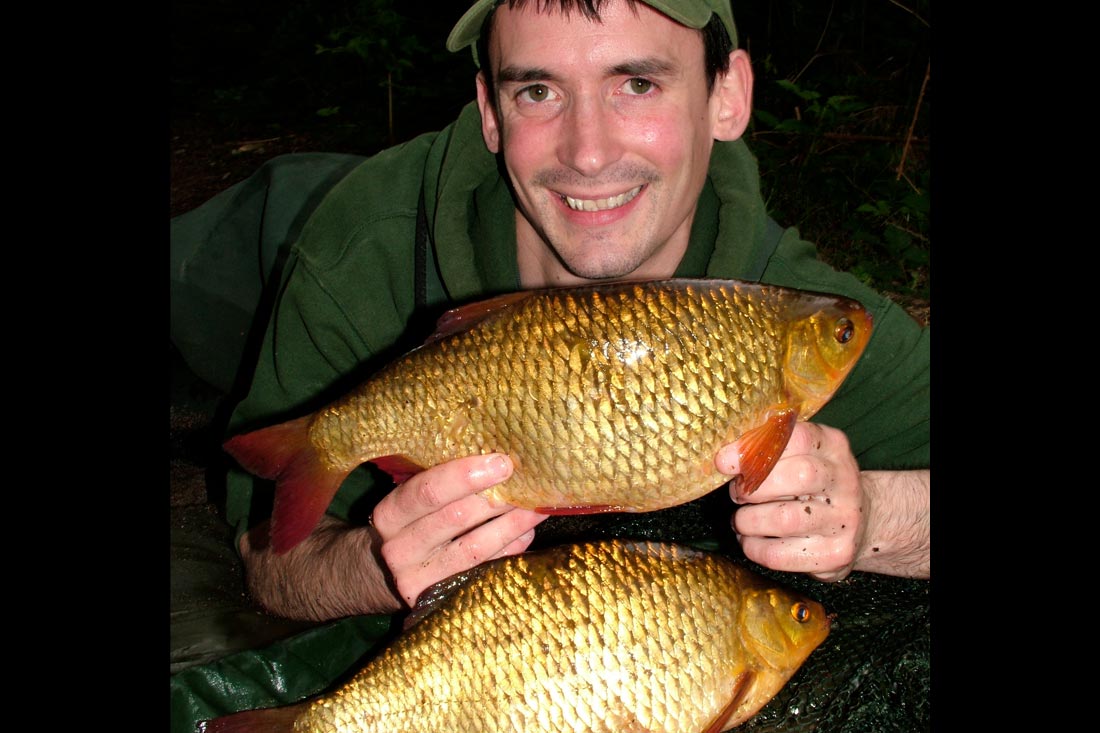
Targeting rudd lends itself to two very different methods, the float and the feeder. The float is the more traditional approach of the two and wading out in the shallow margins spraying maggots can lead to some good fun fishing. There is something appealing standing out in the water, being close to your quarry. When the winds strengthen things can become difficult on the vast open water venues making presentation and accurate feeding challenging to say the least. In these conditions the feeder can come into its own and though this may not be the most traditional approach it is certainly very effective. Short hook lengths fished helicopter style with maggots often take some beating, allowing anglers to target fish in tough conditions or when fish are showing out of the range of float fishing tactics.
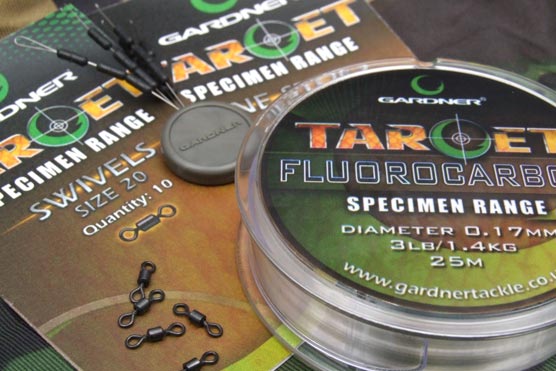
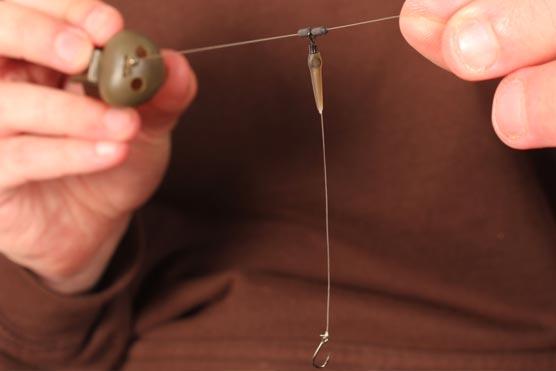
The rig is very simple to construct. It comprises a short 3–4 inch hook length of 3lb or 5lb Gardner Target fluorocarbon tied to a small Target size 20 swivel. I favour fluorocarbon, as I prefer a short, yet stiff hook link, which I like to leave to straighten out on a rig board for a few hours.
I often vary the distance the hook length is positioned away from the feeder to gauge the reaction of how the fish are feeding on the day. As a rough guess I start with it sitting around 6–7 inches above the feeder and adjust it throughout the session until I find out how the fish want the hook bait presented on the day. I like to leave only the smallest of gaps between the Target medium line stops and the swivel. I test this on the bank before casting and leave just enough gap to allow the swivel to turn and flex on the main line. Too much of a gap can mean the swivel can move too freely, reducing the hooking properties of the rig and allowing for a slight bit of movement, which sometimes allows the fish to get rid of the hook more easily.

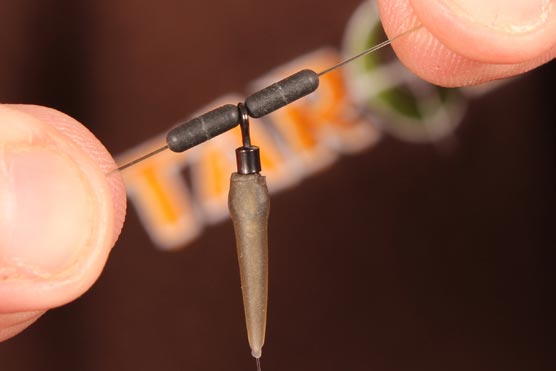
When using this rig for rudd I like to sandwich a small sliver of 6mm Gardner pop-up foam between two maggots to help pop the hook bait up the length of the hook length. This puts the hook bait right in the vision of the rudd and due to their mouth shape, it allows them to take a bait suspended up off the bottom far easier.
As with all feeder fishing, accuracy is everything. Casting to the same spot is crucial, in not only helping to build up a tight bed of feed but also for catch rates too. Using wrapping sticks is a very simple process, which I use for both my fishing rods and spod rod. On the fishing rods I add a stop knot marker which, when used in conjunction with the line clip on the reel, will help me reach the desired distance every time, ensuring pinpoint accuracy.
At the start of the session I tend to introduce around a dozen small spods of hemp and maggots. The small version of Gardner’s Pocket Rocket is ideal as it helps keep disturbance to a minimum.
When it comes to bait I like to use the freshest possible. My bait for an evening’s rudd fishing comprises a couple of pints of maggots and about 2–3 pints of hemp. I like to clean the maggots before the session, to remove any sawdust or maize, and give them a dusting of Sonubaits Supercrush Green groundbait. This is made from crushed koi pellets and is an additive that I have used to great effect. In recent years I have favoured white maggots, it probably doesn’t make too much of a difference, but I feel they are very visual over most types of lakebed allowing the fish to find them easily. They also have the added advantage of matching the white piece of foam I like to use to pop the bait up off the bottom.
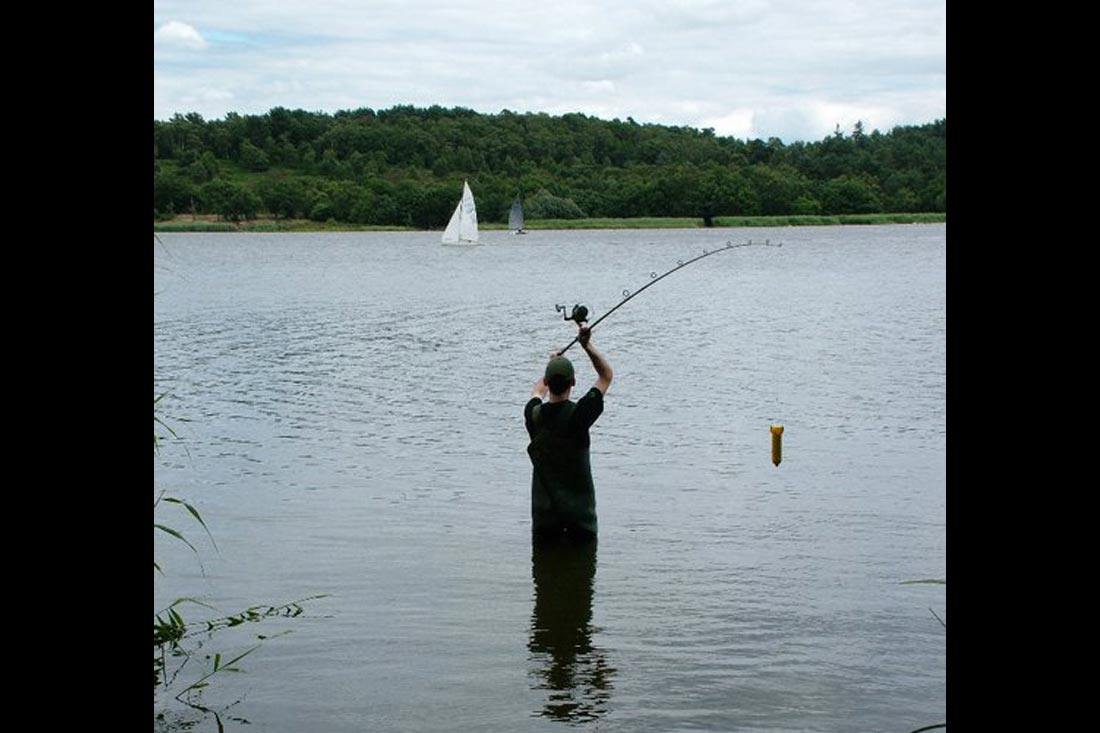
Casting regularly is the key to building a swim and attracting fish into the area. I tend to recast every 20–30 minutes and I don’t pack the feed tightly into the feeder. More often than not bites will come soon after casting and it is not uncommon for bites to occur when setting the bobbin. Rudd will often follow the feeder down to the bottom as the loose maggots are forced out of the holes in the feeder by the pressure of the water. A popped up bait is normally taken very quickly as this is very visual sitting above the bottom.
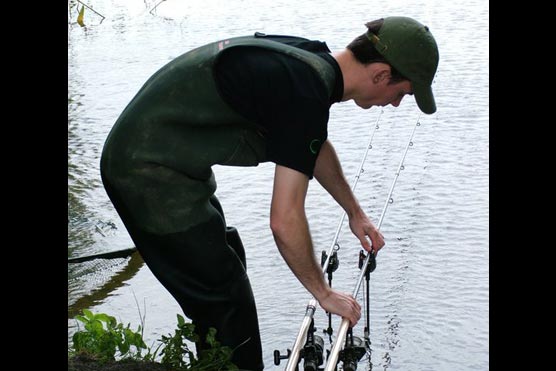
When setting the indicator I prefer the line to be as tight as possible to the feeder. Any slack in the line can give a bit of extra movement allowing the fish to shake its head and free itself of the hook. Bites are usually positive using this style of rig, as the tight line from the rod tip combined with a short hook length and weight of the feeder tend to set the hook. Bites are normally steady takes or drop backs where the bobbin hits the deck as the fish swims towards the bank. Baitrunner style reels are advantageous in this situation and it is important to have them set fairly light, remembering not to strike as this may break the short light hook length. I have a pair of Shimano 4010 reels which fit the bill perfectly. A gentle lift of the rod is all that is needed, remember the fish is already hooked.
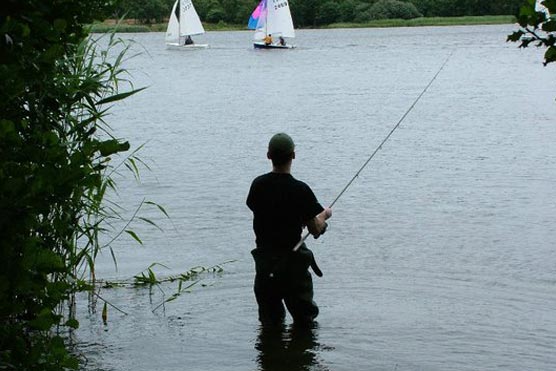
A soft action tipped rod is essential when playing rudd on the feeder, the combination of playing a big fish under the rod tip with small hooks can be a nerve-racking experience. If a forgiving rod is not used hook pulls can be commonplace. I always play my fish using the back wind. Extra care has to be taken when the fish get to the net as they often make a bid for freedom.
One trick I have learned from fishing for rudd is they are attracted to the sound of a spod hitting the surface of the water. When the swim goes quiet the first thing I do is reach for my small Pocket Rocket as a couple of spods of maggots and hemp will often revitalise a swim. Rudd seem particularly attracted to the combination of noise and bait falling through the water column. Recasting after this commotion will often bring immediate action and seems to attract the shoal back into the swim.
One season saw me with a burning desire to catch a big rudd. Up until this time I had managed over 50 fish weighing 2lb plus, the best weighing 2lb 9oz. However, a big ‘two’ had been in the back of my mind for a while. A two-week campaign fishing a few evenings a week produced some big bags of rudd. The first two evenings produced nine fish weighing over 2lbs, with the first bite of the season producing the fish I had been waiting for, weighing 2lb 13oz. I managed 15 fish over 2lbs during this time including, one morning, a bonus bag of tench that weighed well over 150lbs. This just goes to show how effective fun fishing for rudd on large venues can be.
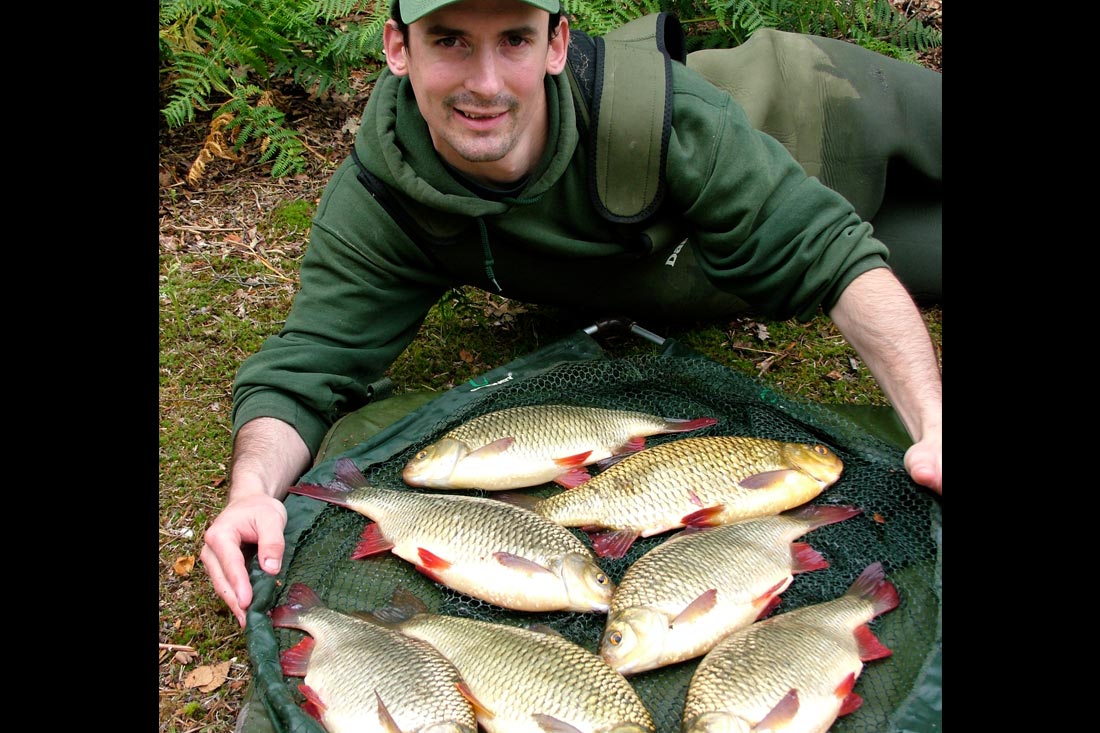


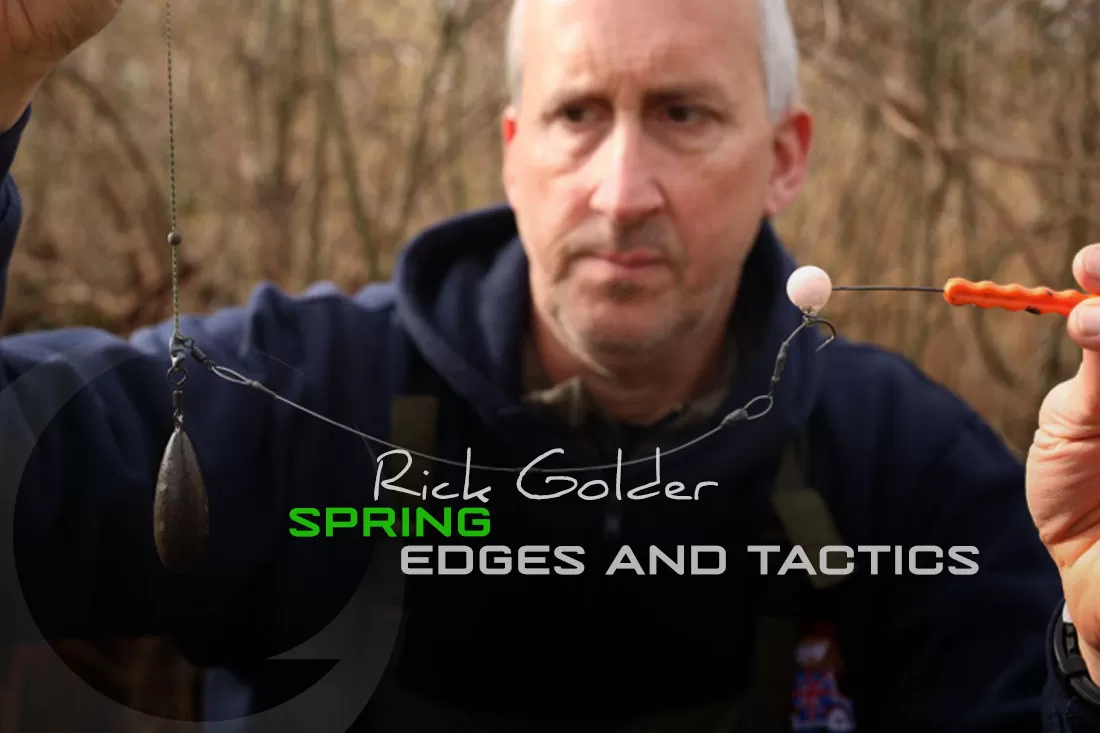
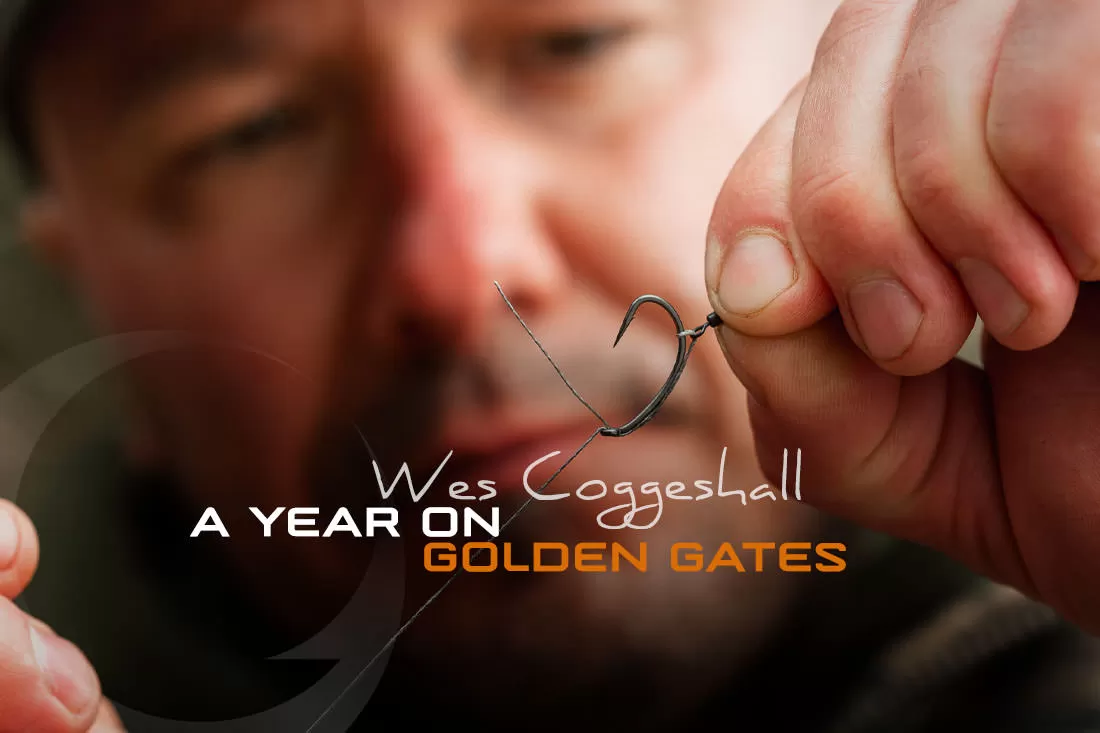
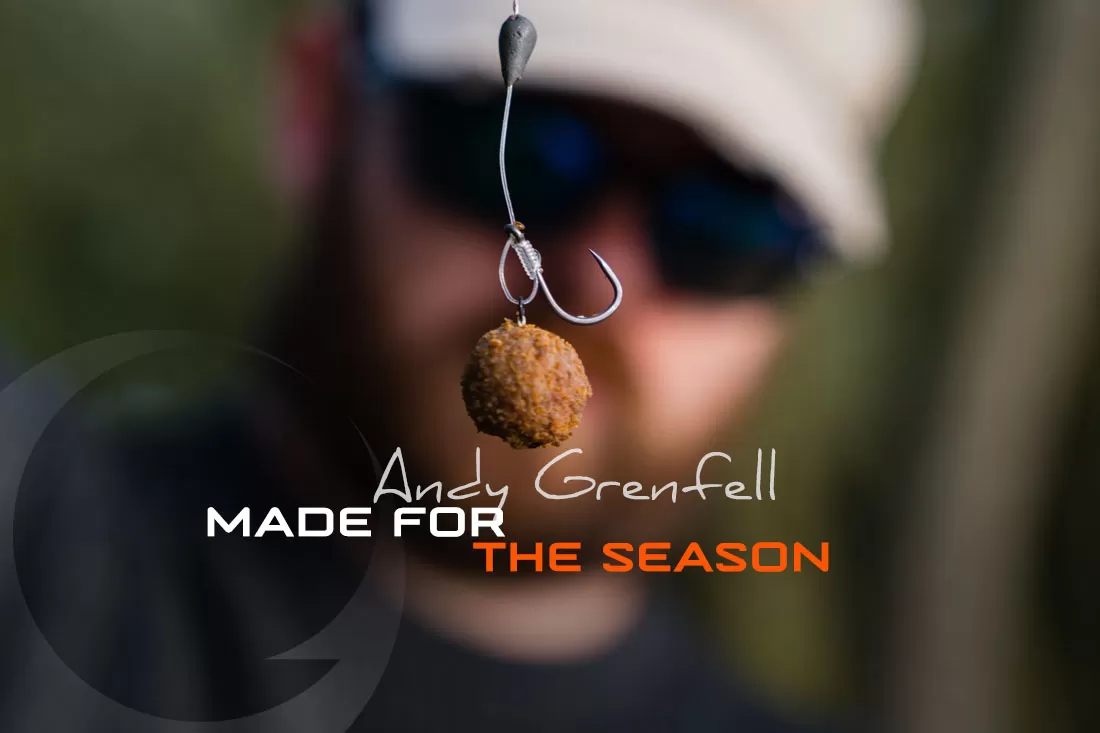
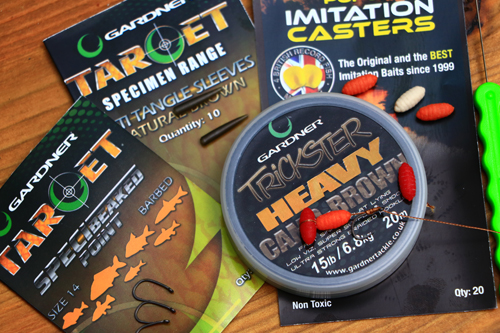
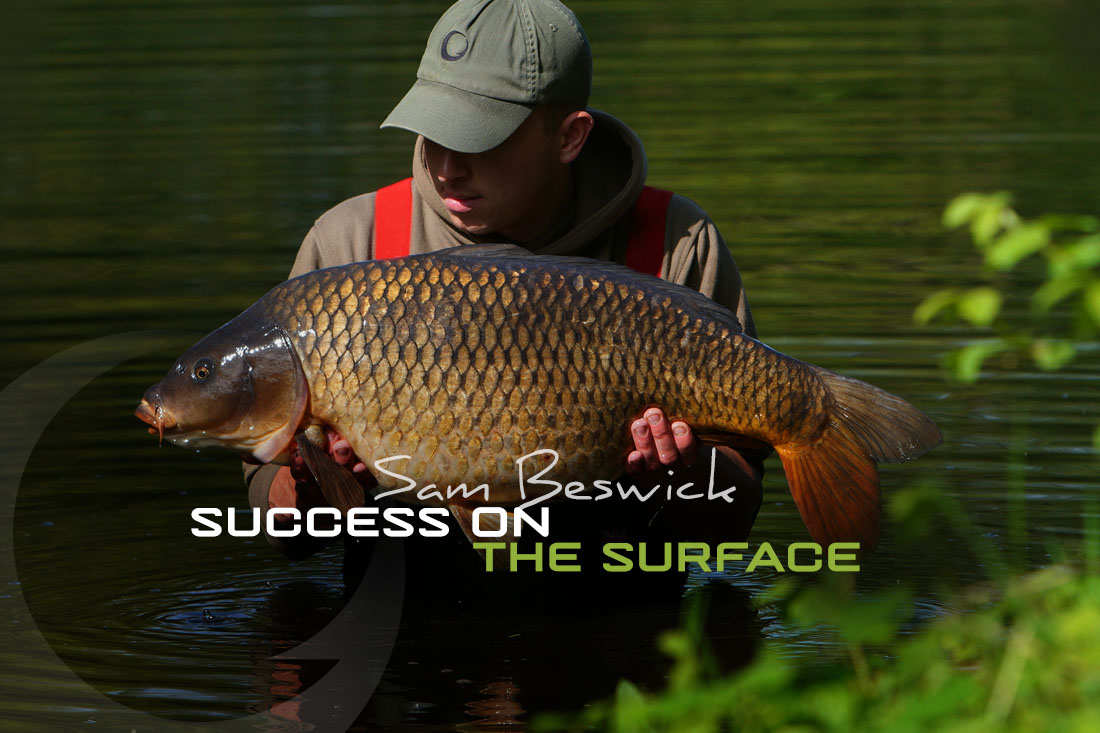
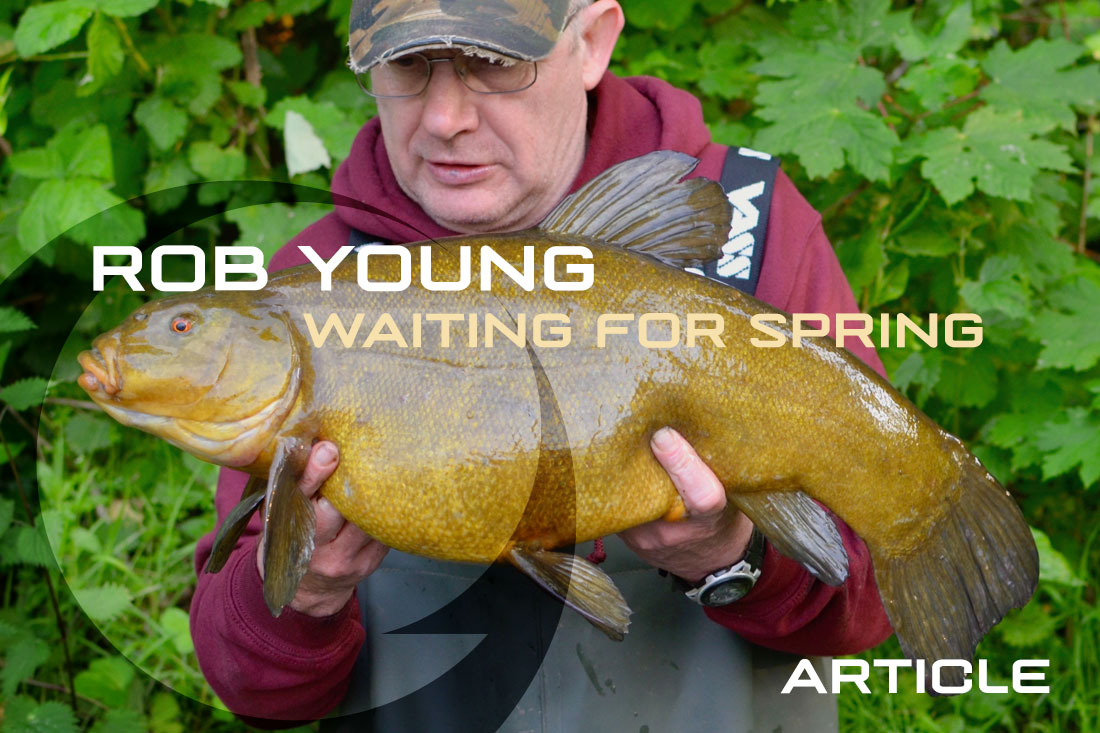
Leave A Comment